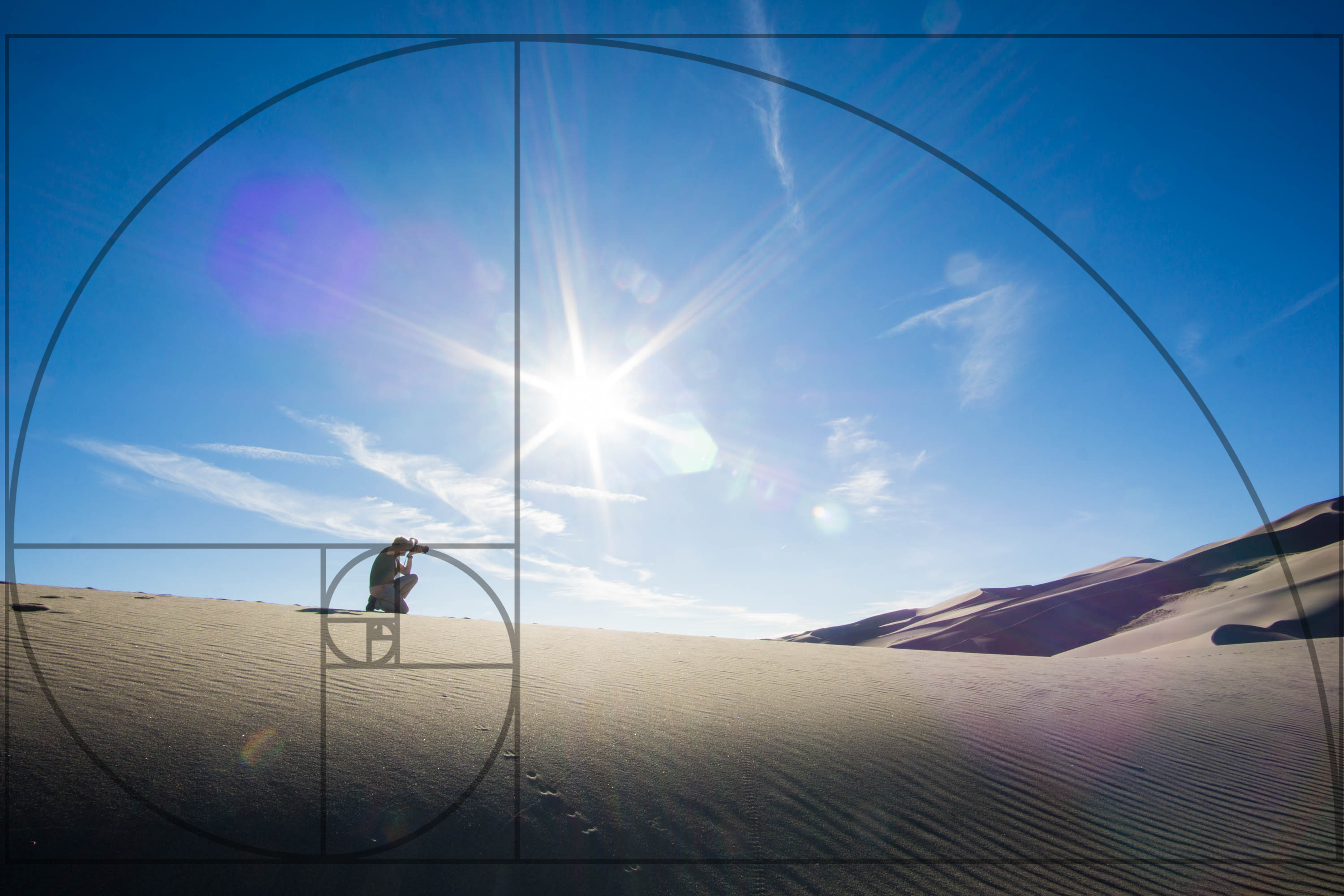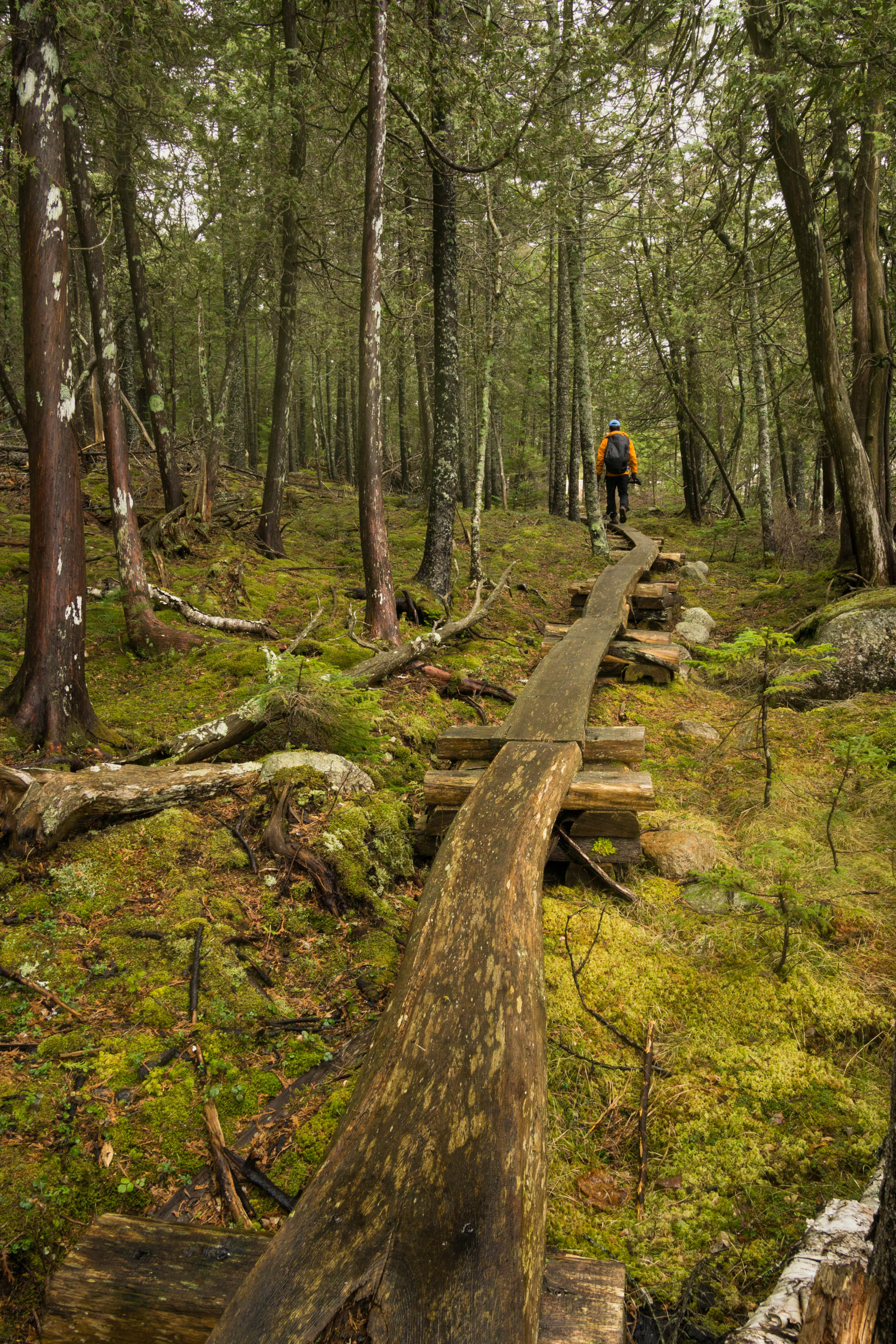In this blog post we are going to discover three compositional guidelines that can immediately improve your photography in a very real way. Photography composition and the placement of things within your frame can elevate a typical photograph if organized correctly. This is going to teach you how to improve your photography without buying a new camera, lens, or pay for a flight to a distant location.
Photography composition is defined as the arrangement of parts of a scene to form a particular visual outcome. I believe there are three very simple ways to arrange a photograph to immediately create a more compelling image. The trick for success is to slow down and think through the steps of arranging their composition to fit their style. So, what are these steps that you should be aware of? Let’s explore.
Subject Placement
The first step to improving your photography through composition is understanding subject placement. Now, your mind is probably going directly to the rule of thirds. Sure, the rule of thirds is a very nice guideline to follow that easily separates your frame into sections of thirds both vertically and horizontally. The idea is to place your subject on one of the dividing lines for a visually pleasing placement.
I even used to follow the rule of thirds all of the time. It did a very good job of directing me to proper subject alignment.
However, in recent years I’ve switched to the golden ratio (also known as the golden mean, also known as the Fibonacci spiral), and it has been even better to me. If you look up the golden ratio online you may be bombarded with mathematic equations that will make your head spin. The best way to think about the golden ratio is to push your subject slightly more to the center of the frame. It’s said to be the most visually pleasing subject placement in the arts. If it was good enough for Michelangelo, it’s good enough for me!
Leading Lines
The next compositional step to improving your photography is to use leading lines more! Outdoor photographers always incorporate leading lines that stretch into the bottom of the frame to reveal stunning formations that naturally lead the viewer’s eyes into the photograph.
That’s a great technique to use! In fact, I think it should be used way more! But not in the typical way you’ve seen them used. I think photographers need to do a better job of looking for obscure leading lines.
For example, are there pathways that lead into the scene? Are there clouds that stretch into the top of the frame in linear patterns? Are there bridges, star trails, or other opportunities to use subtle leading lines?
Chances are you might be missing some opportunities to add lines to your photos. Look for them. They don’t always have to be at the bottom of your frame!
Less Is More
Last in the three things you can do compositionally to improve photos has nothing to do with the addition of subjects at all. In fact, this tip has everything to do with removing things within your frame.
Far too often I’ve seen photographers include foregrounds into a photograph just because they think they have to. Not so! The foreground police will not come get you if you don’t include a foreground.
If there is no good foreground to add to your composition, don’t add one!
Instead think more about how you could improve the photograph without a foreground. Maybe it would look better to get out a telephoto lens and photograph nature scenes up close.
Photography isn’t a fast process. In fact, it can be extremely slow. One of the best things you can do for your photography is to slow down and think through your composition.
Ask yourself three things before every shot:
1. How can I make this photograph better?
2. What (if anything) do I need to remove?
3. Can the subject placement improve?
This intermediate level class, Composition Essentials, was originally recorded live, and is now available for full download in the Outdoor Photography Guide Shop. You can take a look and watch a preview of the class here.
About the author: When David Johnston isn’t leading photography workshops and tutorials or hosting his popular photography podcast, Photography Roundtable, he can be found traveling the world taking photos to awe and inspire his viewers. David has a passion for sharing his knowledge of photography and has many educational offerings designed to help photographers improve their work. Visit his website at www.photographyroundtable.com.
Have something to add to the story? Leave a comment or email editor@outdoorphotographyguide.com.




Share tips, start a discussion or ask other students a question. If you have a question for the instructor, please click here.
Already a member? Sign in
No Responses to “Three Ways to Immediately Improve Your Photography”